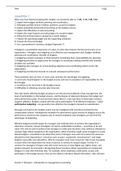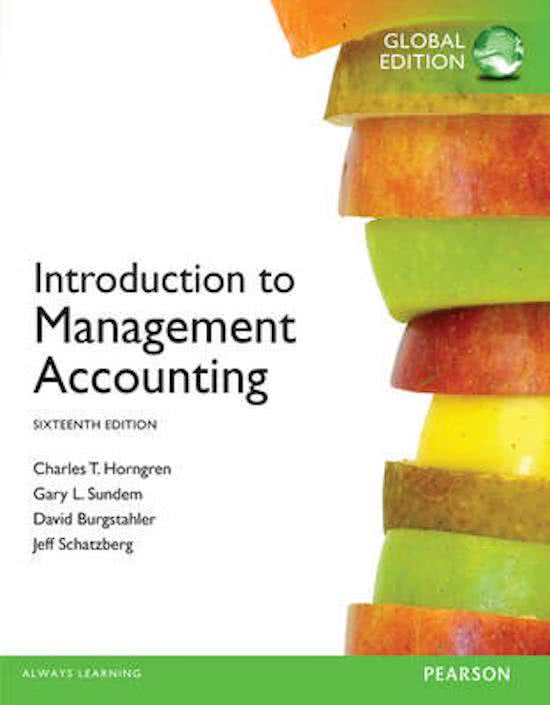Summary
Book: Charles T. Horngren - Introduction to management accounting, summary Y2Q2
- Course
- Institution
- Book
A summary of the course 'Financial and Management Decisions' in Year 2, quarter 2 of the study programme 'International Business and Management Studies' at Avans Hogeschool. The used book is 'Charles T. Horngren - Introduction to management accounting'.
[Show more]




